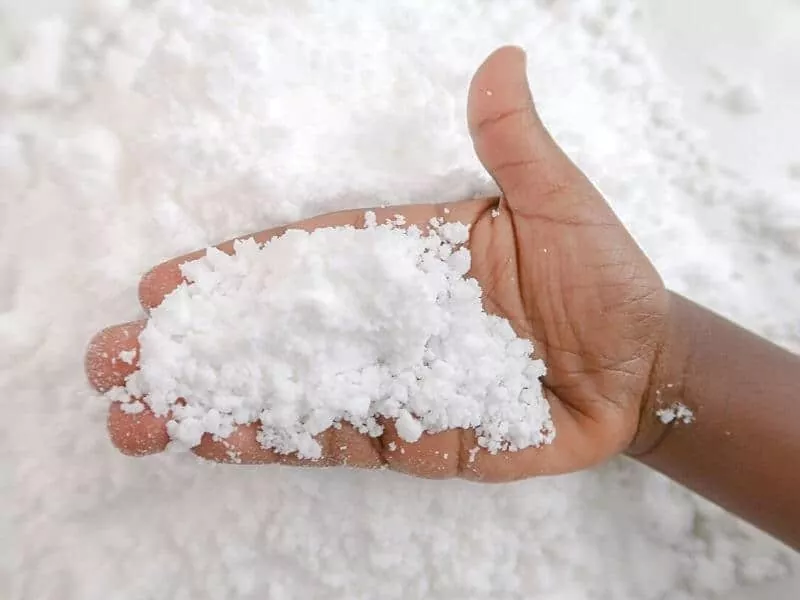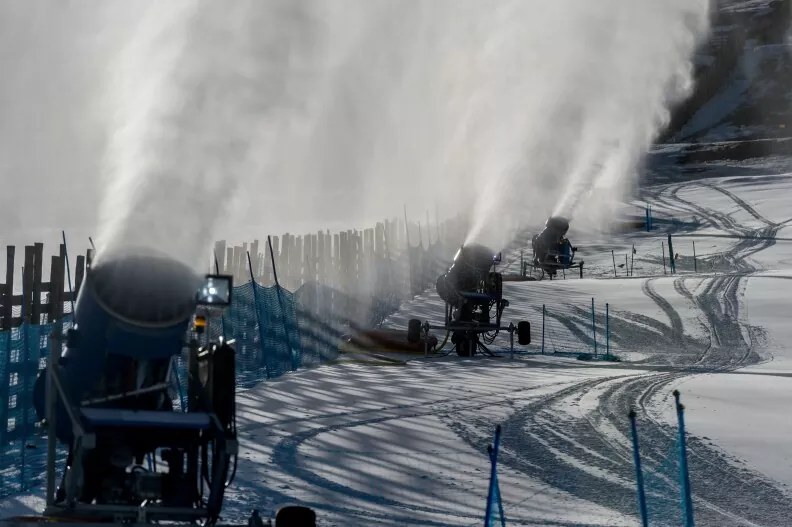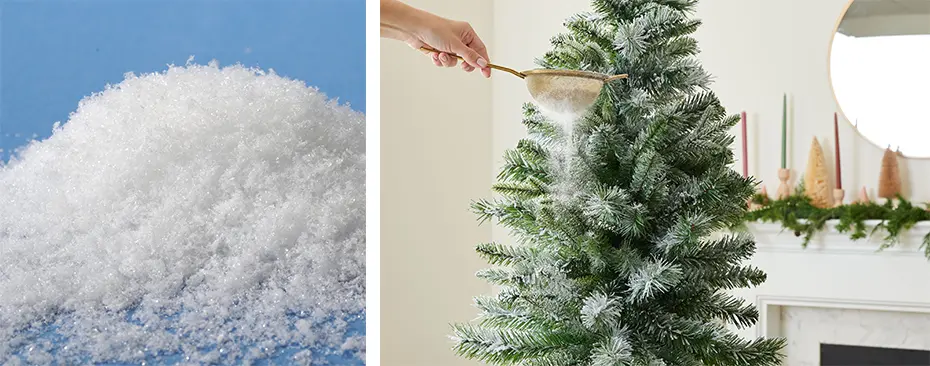 English
English-
 English
English -
 Español
Español -
 Português
Português -
 русский
русский -
 Français
Français -
 日本語
日本語 -
 Deutsch
Deutsch -
 tiếng Việt
tiếng Việt -
 Italiano
Italiano -
 Nederlands
Nederlands -
 ภาษาไทย
ภาษาไทย -
 Polski
Polski -
 한국어
한국어 -
 Svenska
Svenska -
 magyar
magyar -
 Malay
Malay -
 বাংলা ভাষার
বাংলা ভাষার -
 Dansk
Dansk -
 Suomi
Suomi -
 हिन्दी
हिन्दी -
 Pilipino
Pilipino -
 Türkçe
Türkçe -
 Gaeilge
Gaeilge -
 العربية
العربية -
 Indonesia
Indonesia -
 Norsk
Norsk -
 تمل
تمل -
 český
český -
 ελληνικά
ελληνικά -
 український
український -
 Javanese
Javanese -
 فارسی
فارسی -
 தமிழ்
தமிழ் -
 తెలుగు
తెలుగు -
 नेपाली
नेपाली -
 Burmese
Burmese -
 български
български -
 ລາວ
ລາວ -
 Latine
Latine -
 Қазақша
Қазақша -
 Euskal
Euskal -
 Azərbaycan
Azərbaycan -
 Slovenský jazyk
Slovenský jazyk -
 Македонски
Македонски -
 Lietuvos
Lietuvos -
 Eesti Keel
Eesti Keel -
 Română
Română -
 Slovenski
Slovenski
The Complete Guide to Fake Snow and Artificial Snow: Innovations, Uses, and Environmental Impact
2024-04-09
In a world where climate change is altering winter landscapes and snowfall patterns, the demand for fake snow and artificial snow has surged. These innovative solutions not only promise a winter wonderland experience but also carry significant implications for environmental sustainability, recreation, and industrial applications. This comprehensive guide delves into the world of artificial snow, exploring its creation, uses, and the pivotal role it plays in today's society, while addressing common concerns and questions in our FAQ section.

What is Artificial Snow?
Artificial snow, also known as fake snow, is a substance used to mimic the properties of natural snow. It's primarily composed of two types: snow made from small, absorbent polymers for decorative or cinematic purposes, and snow produced by snow guns or snow cannons for ski resorts and winter sports. The latter is made by propelling water and air under high pressure to create snow-like ice crystals in cold temperatures.

The Evolution of Fake Snow Technology
The technology behind artificial snow has evolved significantly. Initially, snowmaking was limited by temperature and humidity conditions, but advances in nucleating agents and energy-efficient snow guns have expanded its feasibility. Today, artificial snow can be produced in a wider range of conditions, enhancing its appeal and utility in ski resorts and winter sports events worldwide.
Uses and Applications
Recreational Skiing and Snowboarding: Artificial snow extends the season in ski resorts, ensuring consistent snow cover for enthusiasts.
Film and Television: Fake snow is used extensively in the entertainment industry to create winter scenes, regardless of the season or location.
Holiday Decorations and Events: Synthetic polymer snow offers a realistic and mess-free option for decorating during the holiday season.
Research and Training: Military and rescue teams use artificial snow for cold-weather training and equipment testing.

Environmental Considerations
The production of artificial snow raises environmental concerns, particularly regarding water use, energy consumption, and potential ecosystem impacts. However, the industry is moving towards more sustainable practices, such as using recycled water and developing biodegradable snow alternatives. These advancements aim to mitigate the environmental footprint of artificial snow while preserving its benefits.

FAQs
Q: Is artificial snow safe for the environment?
A: While traditional snowmaking has environmental impacts, ongoing innovations are reducing water and energy use. Biodegradable and eco-friendly fake snow options are also being developed.
Q: Can artificial snow be used in any temperature?
A: Traditional snowmaking requires temperatures below freezing. However, certain chemical snows used for decorative purposes do not have this restriction.
Q: How does artificial snow compare to real snow?
A: While artificial snow aims to mimic the physical properties of natural snow, differences in texture and moisture content can affect winter sports conditions. Advances in snowmaking technology continue to improve its quality and similarity to natural snow.
Q: Is fake snow biodegradable?
A: Fake snow made from polymers for decoration is not typically biodegradable, but eco-friendly, biodegradable options are becoming more available.
Conclusion
Fake snow and artificial snow represent a blend of innovation, recreation, and environmental stewardship. As technology advances, the potential for these snow alternatives to provide sustainable, year-round winter experiences grows. By understanding their production, uses, and environmental impacts, we can better appreciate the value and potential of artificial snow in our changing world.





